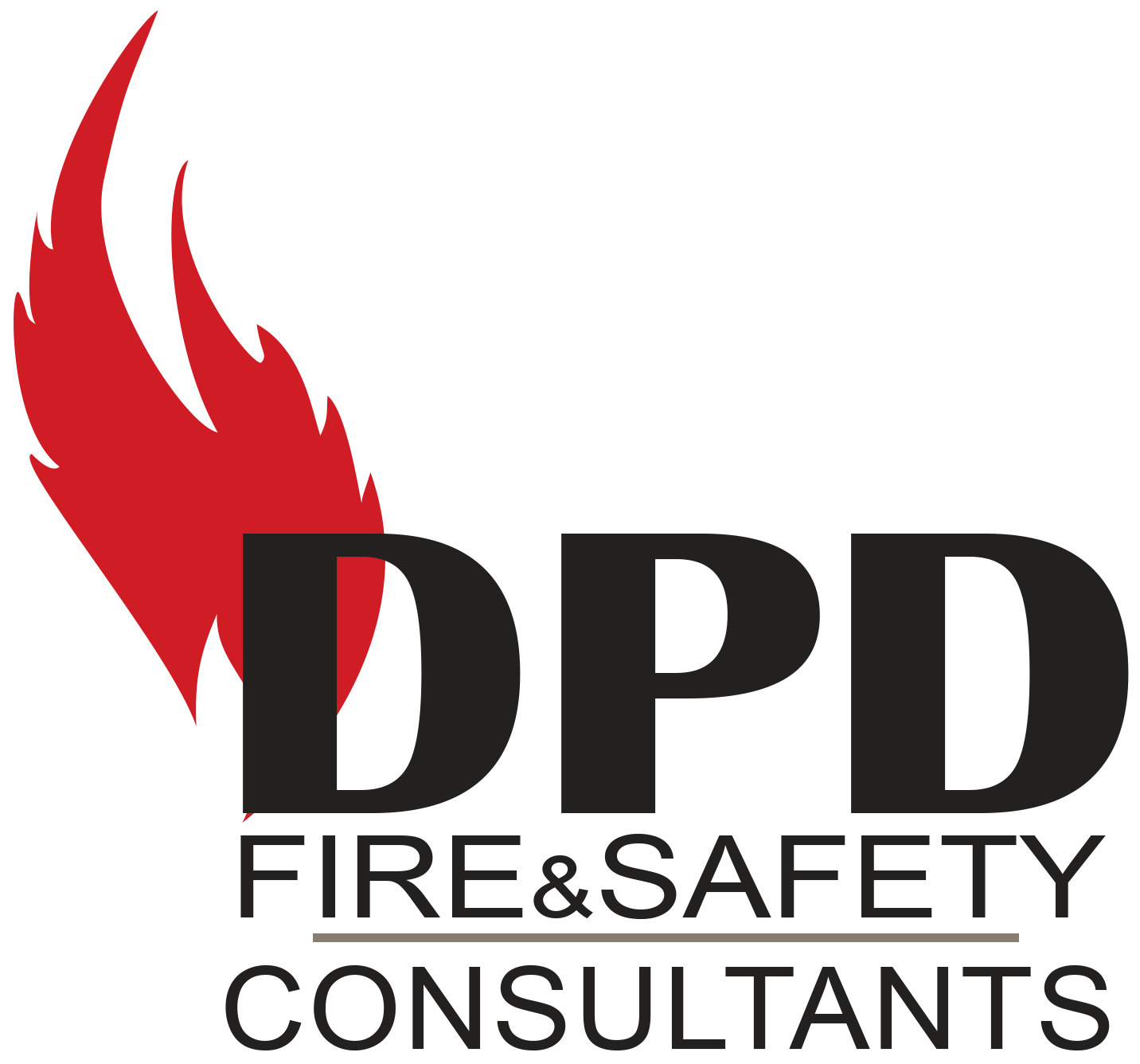
Advice on Fire extinguishers for the workplace across the UK and Ireland.
Different fire extinguishers put out fires started in different types of fuel – these are called ‘classes’ of fire. The type of fire extinguisher required within a business premises will be dependent on the type of fire risk within a premises.
Ensuring that the right size and weight of fire extinguisher is also an important aspect in the decisions made around which extinguishers should be utilised. It is also important to determine the correct number of extinguishers, and their optimum locations, to provide the level of coverage required to meet the requirements of the legislation. A lack of fire extinguishers may result in enforcement action by the fire and rescue service, whilst too many extinguishers is an unnecessary expense. PLEASE NOTE NO ONE FIRE EXTINGUISHER WORKS ON ALL CLASSES OF FIRE.
Whilst there are 5 main types of fire extinguisher, there are different versions of both the Water and Dry Powder extinguishers, with so many choices it is important that you select the correct extinguisher. The 8 types of fire extinguisher are:
-
Water
-
Water Mist
-
Water Spray
-
Foam
-
Dry Powder – Standard
-
Dry Powder – Specialist
-
Carbon Dioxide (‘CO2’)
-
Wet Chemical
Below is a summary of the classes of fire showing which types of extinguisher should be used on each.
The classes of fire
There are six classes of fire:
-
Class A fires – combustible materials: fires in flammable solids, such as wood, paper, and fabric
-
Class B fires – flammable liquids: such as petrol, turpentine or paint
-
Class C fires – flammable gases: like hydrogen, butane or methane
-
Class D fires – combustible metals: chemicals such as magnesium, aluminium or potassium
-
Electrical fires – electrical equipment:
-
Class F fires – cooking oils: typically a chip-pan fire
If you are looking for advice on which fire extinguishers should be utilised in your premises as part of your fire risk strategy then please contact us today at enquiries@dpdfireandsafety.com.


